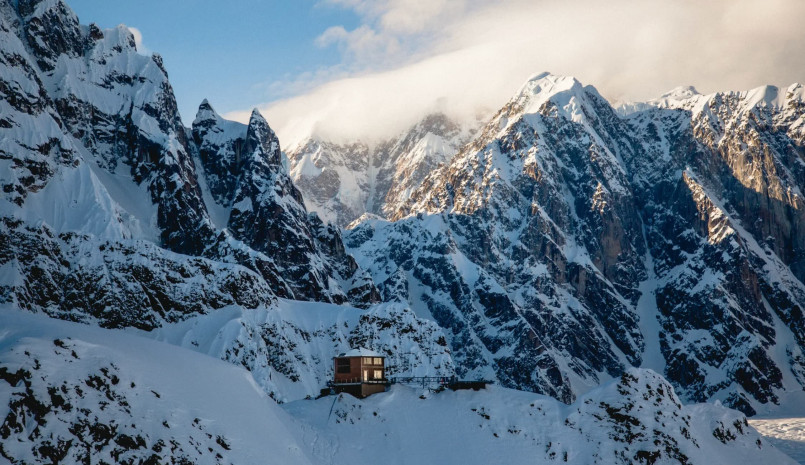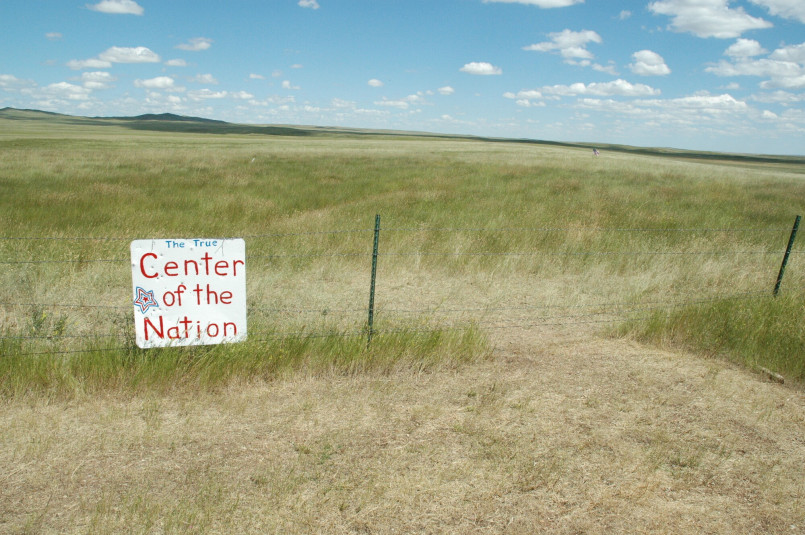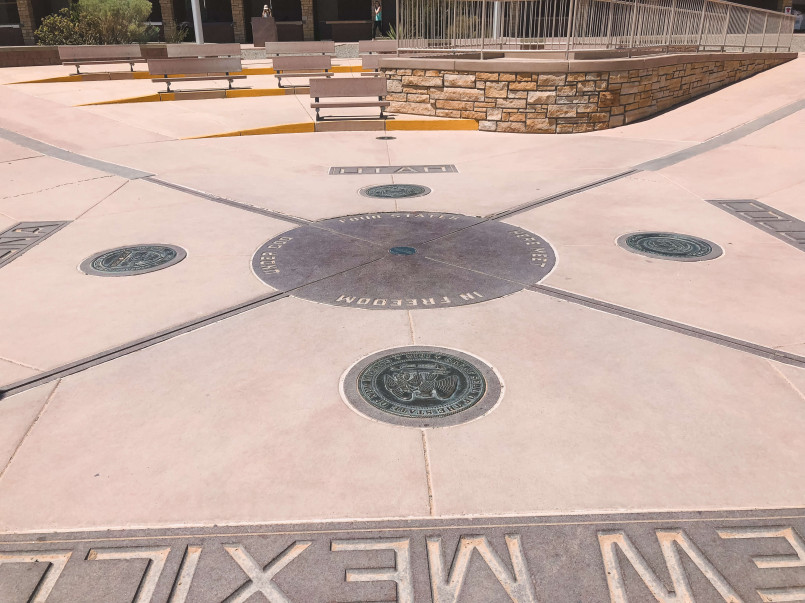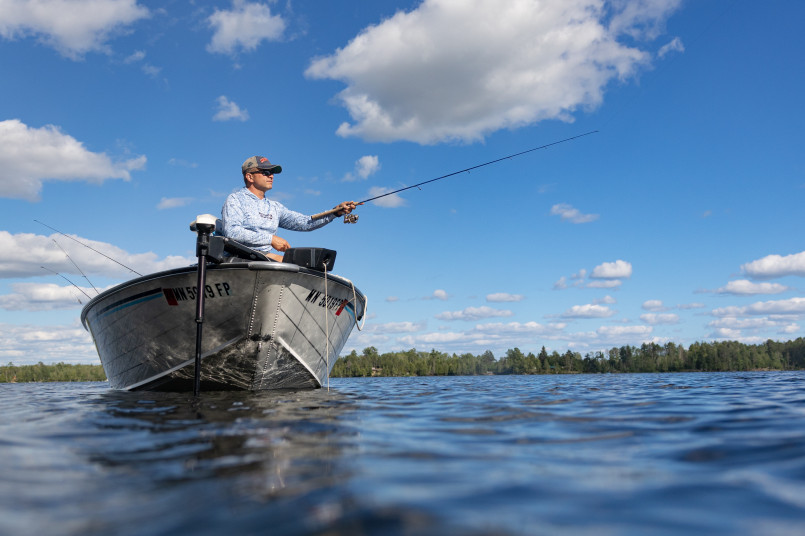While most Americans seek comfort during winter months, residents of these communities endure some of the most extreme cold conditions in the nation. These settlements showcase extraordinary human adaptation to temperatures that regularly plummet far below zero, creating unique cultures centered around survival in harsh environments.
Across America's vast geography, certain communities endure winter temperatures that most would find unbearable. These extreme cold weather settlements represent remarkable examples of human adaptation and resilience in the face of nature's harshest conditions. From the northernmost reaches of Alaska to surprising cold pockets in the continental United States, these inhabited places regularly experience bone-chilling temperatures that reshape daily life and create unique cultural identities.
While many Americans complain about winter temperatures dipping below freezing, residents of these communities routinely face thermometer readings dozens of degrees below zero, requiring specialized infrastructure, transportation methods, and survival techniques. Let's explore the nine coldest inhabited places in the USA where people have built communities despite seemingly uninhabitable conditions.
Utqiagvik, Alaska
Formerly known as Barrow, Utqiagvik is America's northernmost settlement and experiences some of the most extreme conditions in the country. Located 330 miles north of the Arctic Circle on Alaska's North Slope, this remote community of approximately 4,500 residents, primarily Iñupiat Alaska Natives, faces average winter temperatures around -20°F (-29°C) with extremes dropping below -50°F (-46°C).
What makes Utqiagvik particularly unique is its polar night - a period from mid-November through late January when the sun doesn't rise above the horizon. Residents endure about 65 days of complete darkness each winter, adding to the psychological challenge of the extreme cold. The community has adapted with specialized infrastructure including homes built on stilts above the permafrost and a complex network of water and sewer utilities designed to function in temperatures where exposed pipes would freeze in minutes.
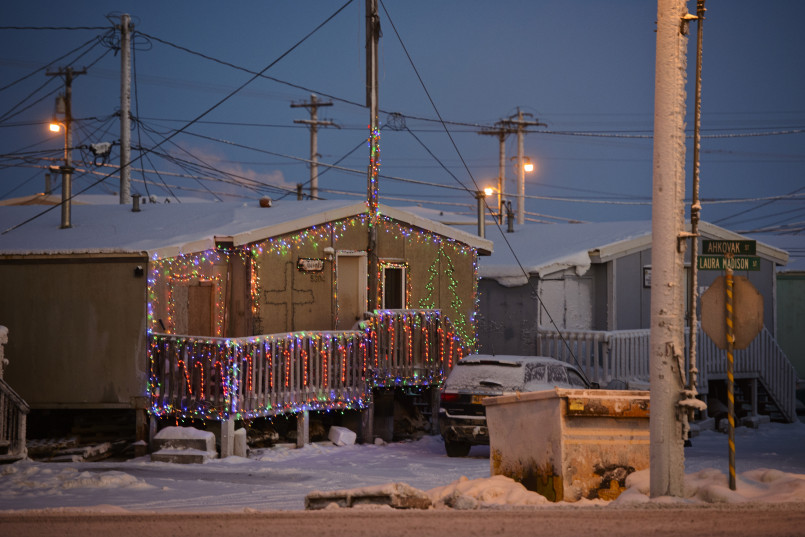
Fairbanks, Alaska
As Alaska's second-largest city with approximately 32,000 residents, Fairbanks represents one of America's coldest major population centers. Located in Alaska's interior, the city experiences average winter temperatures around -10°F (-23°C), with record lows approaching -65°F (-54°C). What makes Fairbanks remarkable is that it functions as a modern city despite these extreme conditions.
Winter in Fairbanks brings ice fog - a phenomenon where water vapor freezes midair, creating a thick, suspended ice crystal fog that can severely limit visibility. Residents have adapted with vehicle engine block heaters, extensive insulation systems, and specialized winter clothing. Despite the extreme cold, the community maintains an active winter culture with events like ice sculpture competitions and the World Ice Art Championships, turning the challenging climate into a cultural asset.
International Falls, Minnesota
Known as the "Icebox of the Nation" (a title it legally defended in court against Fraser, Colorado), International Falls earns its reputation with average January temperatures of 2.8°F (-16.2°C). Located on the Canadian border, this town of around 6,000 people regularly records the coldest temperatures in the contiguous United States.
The extreme cold has shaped the town's identity and economy. Major manufacturers use the area as a cold-weather testing site for vehicles and products designed for winter conditions. The community embraces its frigid reputation with events like "Freeze Fest" and has adapted with underground heating systems for downtown sidewalks and specialized infrastructure to prevent water line freezing. Unlike Alaska's northern communities, International Falls experiences normal daylight patterns but endures particularly long, harsh winters.

Fraser, Colorado
Located in Colorado's Rocky Mountains at an elevation of 8,574 feet, Fraser earns its nickname as "The Icebox of the Nation" (disputed with International Falls) through a unique geographical phenomenon. The town sits in a valley where cold air gets trapped, creating temperature inversions that can make it significantly colder than surrounding areas. The small community of about 1,400 people regularly experiences winter temperatures around -10°F (-23°C) and holds Colorado's record low temperature of -61°F (-51.7°C).
What makes Fraser particularly interesting is how extreme cold exists in a state otherwise known for abundant sunshine. The town experiences approximately 900 hours below 0°F annually, creating challenges for infrastructure despite being only 90 minutes from Denver. Residents have adapted with specialized building techniques and a strong community-oriented culture that helps residents navigate the challenges of extreme cold.
Stanley, Idaho
Nestled in Idaho's Sawtooth Mountains, Stanley (population approximately 69) claims the title of coldest place in the lower 48 states based on annual average temperature, which hovers around 21.2°F (-6°C). The town's high elevation of 6,260 feet combined with its valley location creates a perfect cold air sink where winter temperatures routinely plunge to -30°F (-34°C) or lower.
What makes Stanley unique is how its spectacular natural setting attracts tourists despite its extreme climate. The town sits at the headwaters of the Salmon River surrounded by the Sawtooth Range, creating one of America's most scenic cold spots. The small year-round population has adapted to the harsh conditions with wood-heated homes, specialized vehicles, and a deep connection to the rhythms of the extreme environment.

North Pole, Alaska
Despite its festive name, there's nothing jolly about winter temperatures in North Pole, Alaska. This small city of around 2,700 residents located southeast of Fairbanks experiences average January temperatures around -13°F (-25°C) with extremes dropping below -50°F (-45°C). The community embraces its Christmas-themed identity year-round despite conditions that would challenge Santa's operations.
The town features candy cane-striped street lights and Christmas decorations throughout the year, with many streets bearing holiday names. The Santa Claus House attracts visitors despite the extreme climate. Residents have adapted to the harsh conditions with typical Alaskan practices like engine block heaters and specialized clothing, but what makes North Pole unique is how it maintains its cheerful identity despite being one of America's coldest inhabited places.
West Yellowstone, Montana
Serving as the western gateway to Yellowstone National Park, this small town of approximately 1,300 residents experiences extreme temperature inversions that can make it one of the coldest spots in the continental United States. Winter temperatures averaging around 0°F (-18°C) are common, with record lows approaching -60°F (-51°C).
What makes West Yellowstone remarkable is how its economy has adapted to extreme cold by embracing winter tourism. The town serves as a major snowmobiling hub and winter entry point to Yellowstone. Specialized infrastructure includes heated sidewalks in the business district and buildings designed for extreme temperature variations. The community has transformed potential economic hardship from harsh conditions into a specialized winter recreation economy, demonstrating remarkable adaptation.
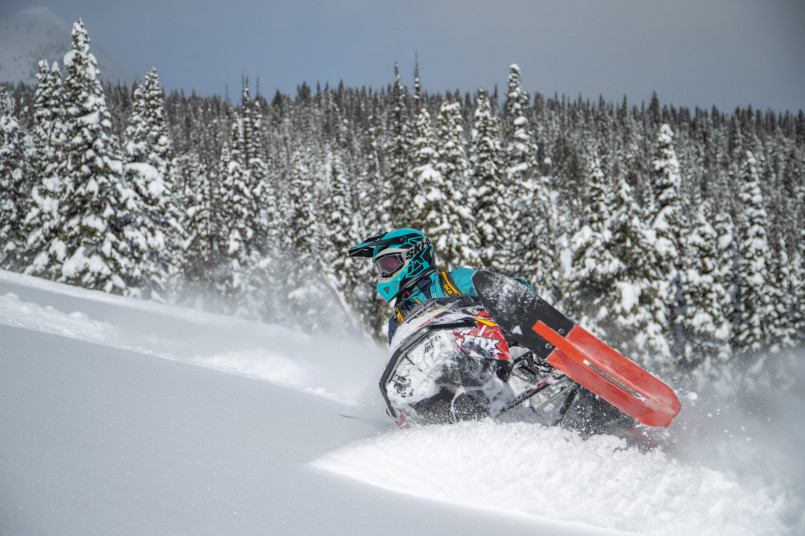
Gunnison, Colorado
Located in a high mountain valley at 7,703 feet elevation, Gunnison experiences a climate phenomenon similar to Stanley, Idaho, where cold air becomes trapped. The community of around 6,500 people regularly records winter temperatures well below -20°F (-29°C) and holds Colorado's second-coldest temperature record at -60°F (-51°C).
Gunnison's unique geography creates dramatic temperature variations, with summer days potentially reaching 90°F (32°C) before plummeting overnight, sometimes by 50 degrees or more. The presence of Western Colorado University creates an interesting dynamic where the population includes many who didn't grow up with extreme cold but must adapt quickly. The community has developed specialized infrastructure including extensive snow removal systems and building codes that account for extreme temperature variations.
Duluth, Minnesota
As the largest city on our list with approximately 86,000 residents, Duluth demonstrates how a major urban area adapts to extreme cold conditions. Located on Lake Superior's western shore, the city experiences average January temperatures around 8°F (-13°C), with extremes dropping below -30°F (-34°C). The lake effect can intensify winter conditions, creating massive snowfalls alongside bitter cold.
Duluth's position along a 700-foot hillside creates unique challenges, as temperatures can vary significantly from the lakefront to higher elevations. The city has developed extensive skywalk systems - enclosed pedestrian bridges connecting buildings downtown - allowing residents to navigate without facing extreme outdoor conditions. Duluth represents how larger communities adapt to extreme cold through specialized urban planning and infrastructure development while maintaining normal economic activities.

Frequently Asked Questions About 9 Coldest Inhabited Places in USA Where People Actually Live
What makes a place 'inhabited' in extremely cold regions?
For a place to be considered 'inhabited,' it must maintain a permanent year-round population with established infrastructure like utilities, roads, and services. In extreme cold regions, this includes specialized systems like insulated water lines, heated roadways, and continuous electrical service despite harsh conditions. Communities must also maintain essential services like emergency response, healthcare, and food supply throughout winter months.
How do people in these cold places deal with everyday activities like shopping and going to work?
Residents adapt daily routines with specialized clothing (multiple layers, face protection), vehicles with engine block heaters and remote starters, and modified infrastructure like enclosed walkways and heated garages. Communities often consolidate services in central locations to minimize travel, and remote work increases during extreme conditions. Many residents maintain emergency supplies and practice careful trip planning, as even short journeys can become dangerous if vehicles break down.
Why would anyone choose to live in such extremely cold places?
People choose these locations for various reasons: economic opportunities (oil/gas in Alaska, tourism in mountain towns), cultural/historical ties (particularly in indigenous communities), lower cost of living, job opportunities in specialized industries, appreciation for winter recreation activities, or simply preference for less crowded areas. Many residents develop a strong identity connected to overcoming harsh conditions and value the close-knit communities that form when people depend on each other for survival.
What happens to water and plumbing systems in these extremely cold places?
Water systems require extensive adaptations including deeply buried supply lines (below frost line, which can extend 8+ feet in extreme areas), constant circulation to prevent freezing, heat trace tapes along pipes, specialized insulation, and regular monitoring. Many homes maintain constant low water flow during extreme cold. Some remote Alaskan communities use specialized vacuum systems rather than traditional water/sewer lines. Power outages are particularly dangerous as pipes can freeze within hours.
Are there health concerns specific to living in extremely cold environments?
Yes, cold regions present unique health challenges including frostbite and hypothermia risk, respiratory issues from extremely cold air, increased cardiac stress, vitamin D deficiency from reduced sunlight, seasonal affective disorder (SAD), and heightened mental health concerns during extended dark periods. Communities often have specialized medical protocols for cold-related emergencies and preventive health programs focused on these specific risks.
How do schools operate in these extremely cold locations?
Schools in extreme cold regions typically have flexible closure policies based on specific temperature thresholds (often around -20°F to -40°F depending on location). Buildings feature enhanced insulation, multiple heating systems with backups, limited windows, and enclosed bus loading areas. Many incorporate indoor recess facilities and maintain shortened outdoor exposure protocols. Some remote communities use distance learning during extreme weather periods.

